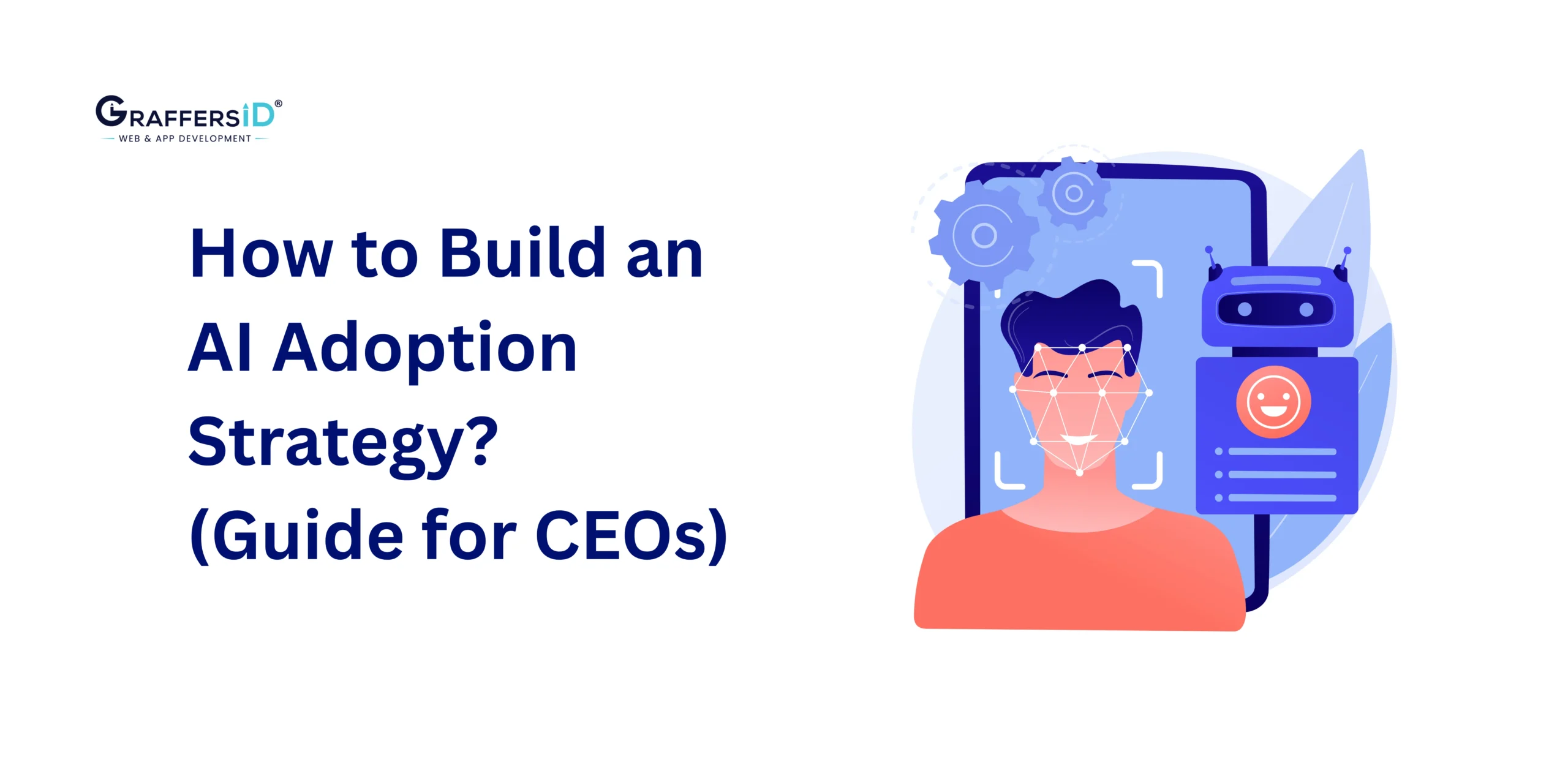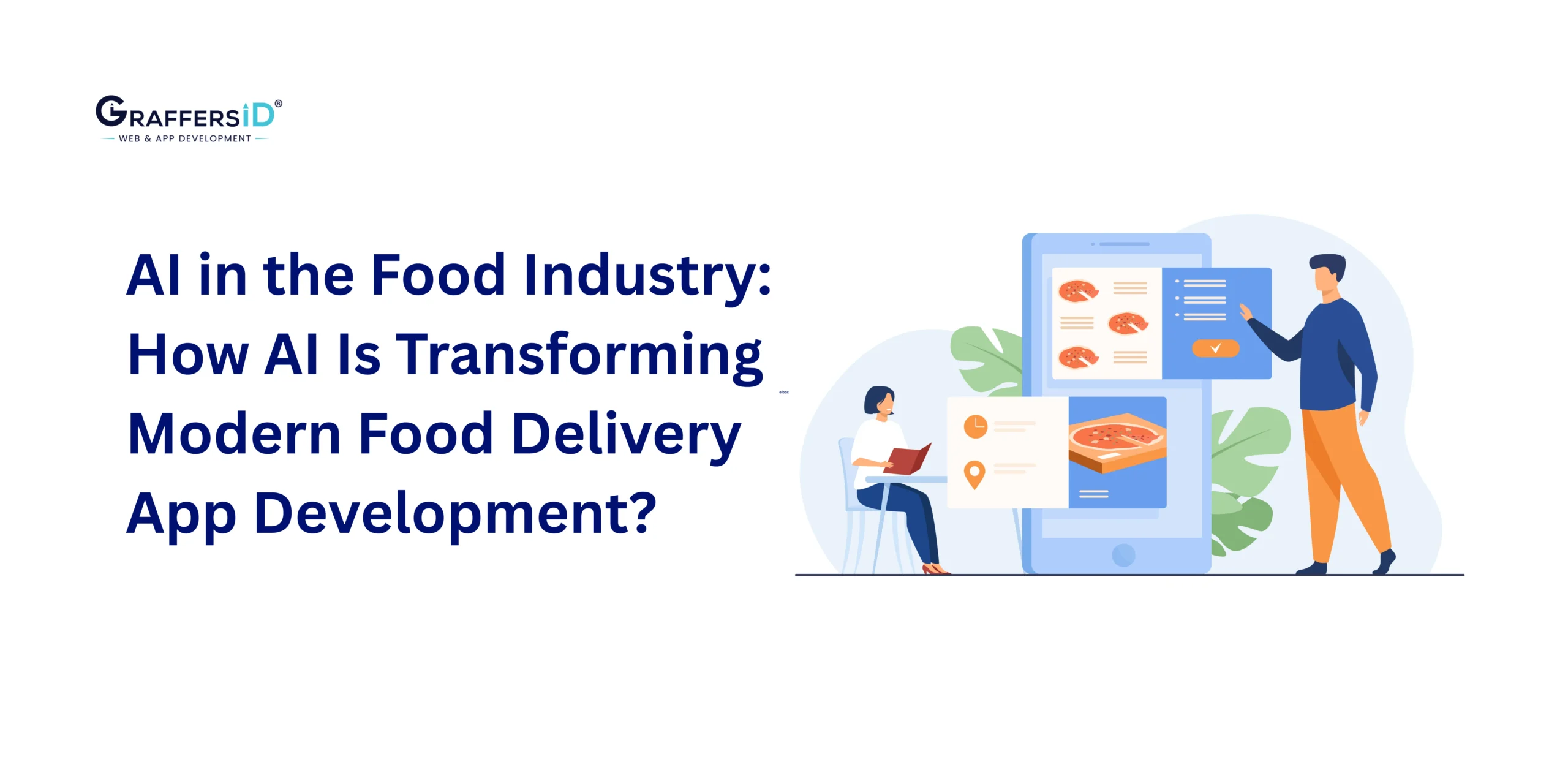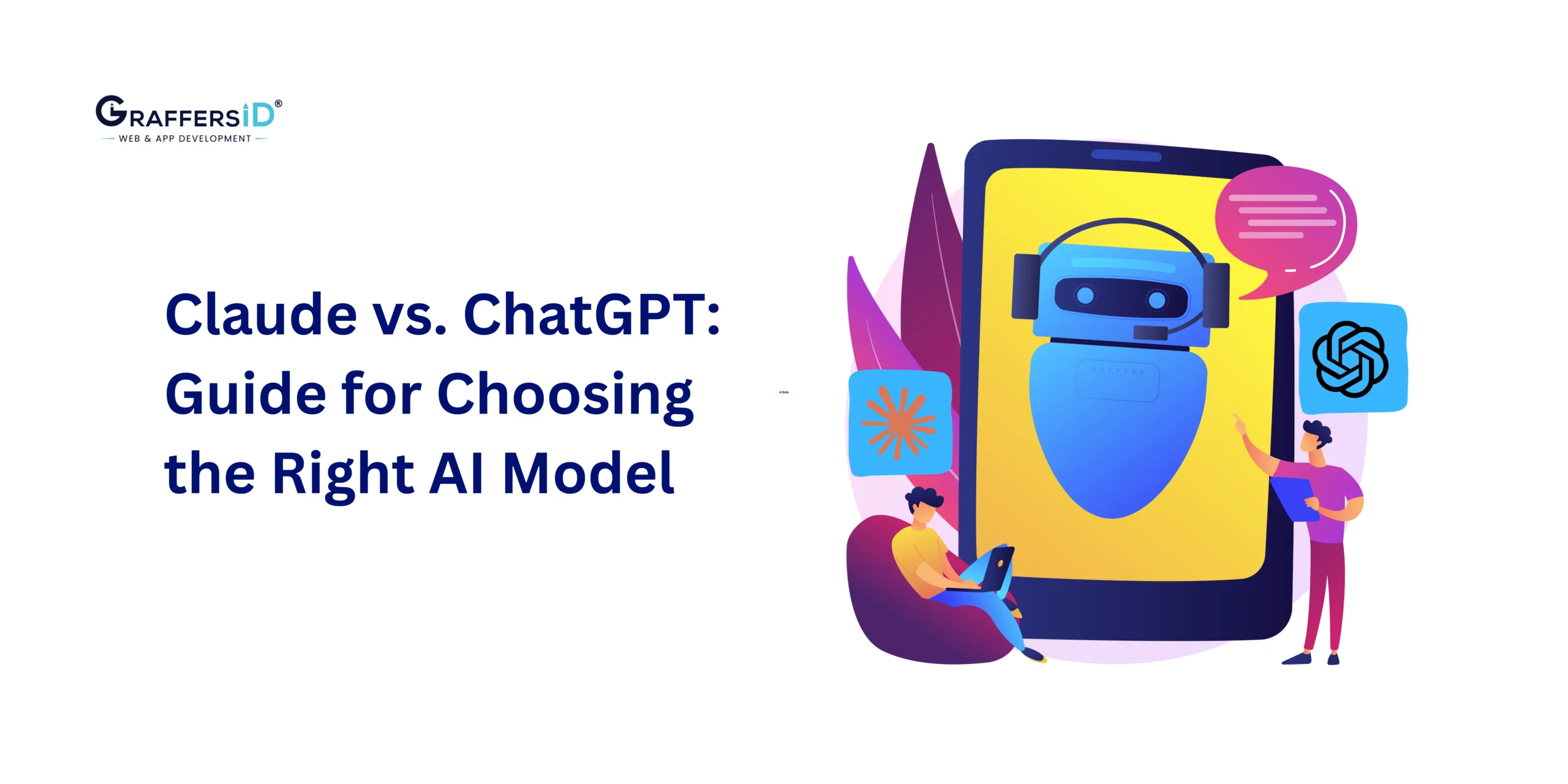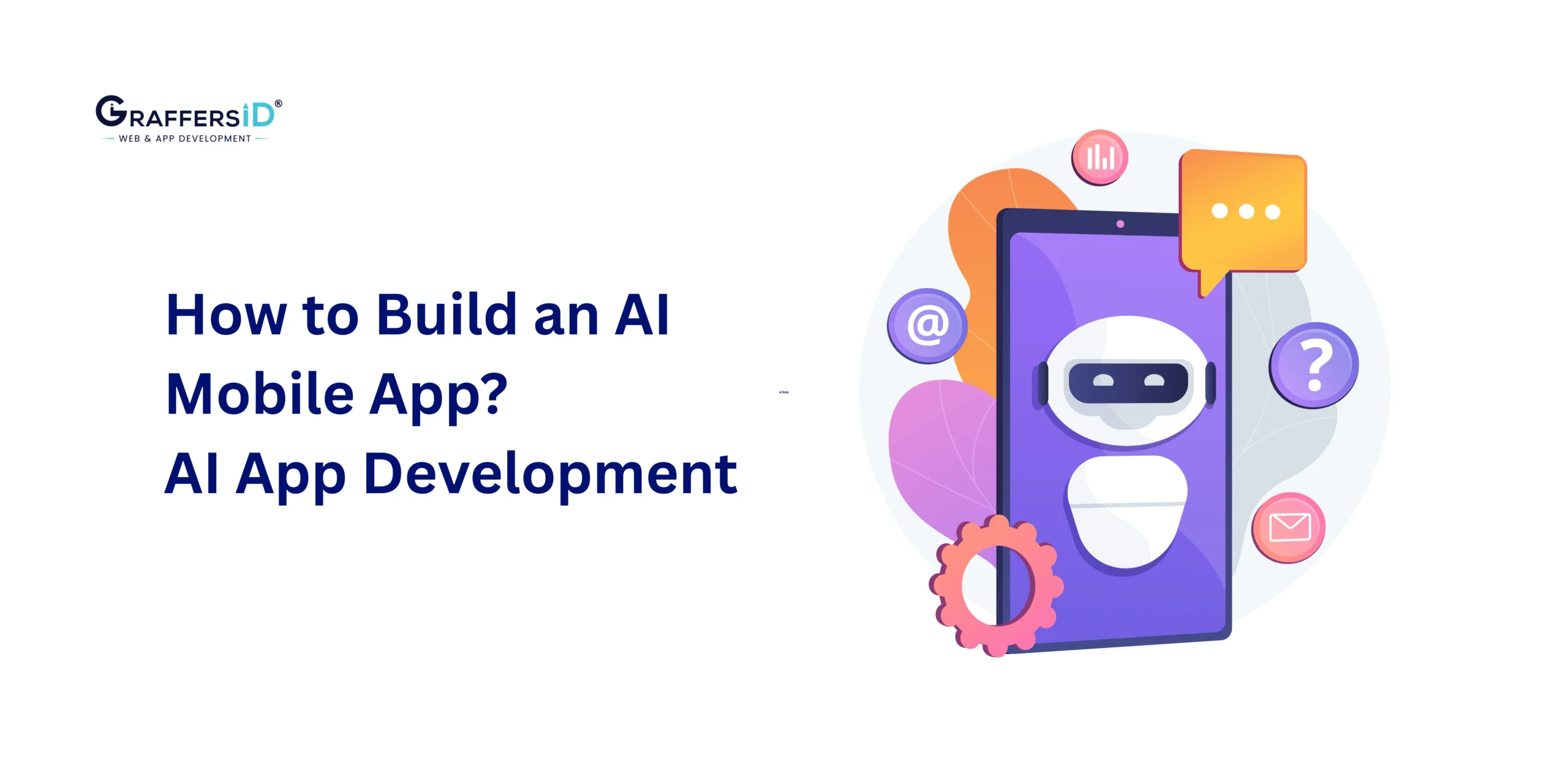AI is no longer optional in 2026, it’s a business necessity. Recent studies reveal that 98% of CEOs see immediate benefits from AI, yet 42% admit their organizations face difficulties in AI adoption. The problem isn’t interest; it’s execution.
Most companies fail because they underestimate the human and organizational challenges of AI adoption:
- 63% of failures come from resistance to change or human factors.
- 38% breakdown due to poor training and lack of AI literacy.
- 43% collapse because leadership fails to provide consistent sponsorship.
With over 60% of enterprises already using AI and 73% betting on Generative AI for future growth, the real question in 2026 isn’t “Should we adopt AI?” It’s “How can we adopt AI successfully without creating internal disruption?”
This guide gives CEOs, CTOs, and business leaders a clear, step-by-step roadmap to adopting AI effectively, focusing not just on technology but also on people, culture, and leadership alignment. If you want to turn AI hype into measurable business outcomes, this strategy will help you avoid the pitfalls that derail most companies.
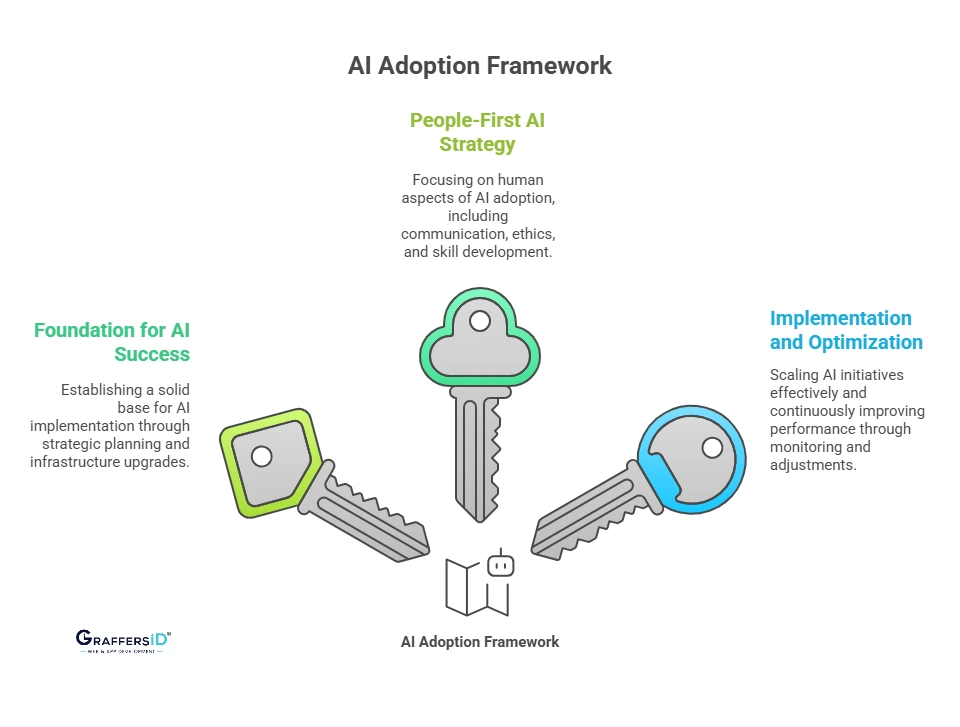
1. Build a Strong Foundation for AI Success
According to McKinsey, AI will add $13 trillion to the global economy by 2030. But without proper groundwork, your initiatives will stall before delivering value.
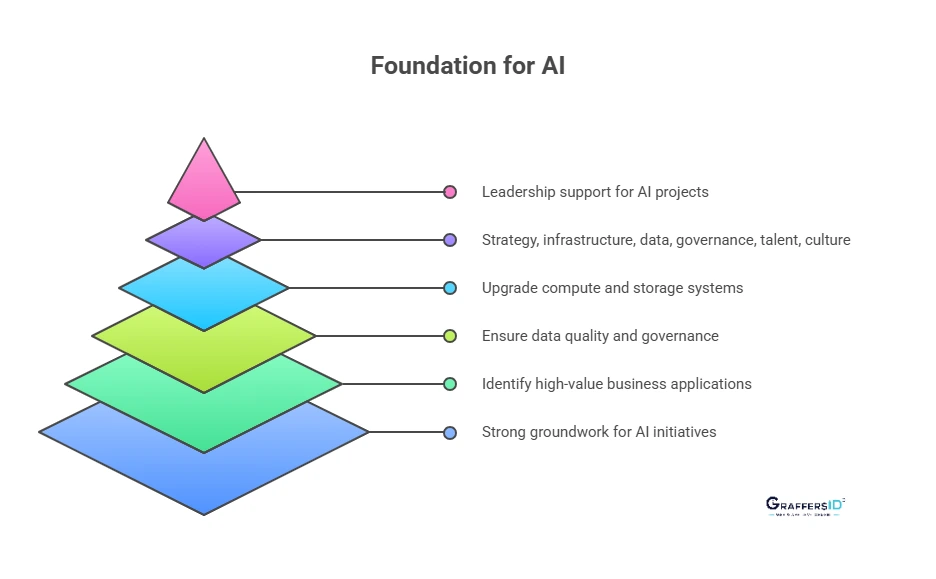
Identify High-Value Business Use Cases
AI adoption must start with clarity. Pinpoint specific problems AI can solve (for example, cost reduction, customer personalization, and fraud detection). Define KPIs and measurable outcomes for each use case.
Ensure Data Readiness
Data is the fuel for AI, but most companies aren’t ready. Engineers spend 40–80% of their time preparing data, highlighting how critical it is.
- Eliminate data silos.
- Build governance frameworks.
- Standardize data quality practices.
Upgrade Your Infrastructure
AI doesn’t run efficiently on traditional setups. You need:
- High-performance compute resources (GPUs/TPUs)
- Scalable data storage systems
- Machine learning frameworks and platforms
- MLOps pipelines for deployment and monitoring
Read More: Agentic AI vs. Generative AI: Key Differences CTOs Must Know in 2026
Adopt the Six Pillars of AI Readiness
A complete AI strategy rests on six areas:
- Strategy: Alignment with business vision
- Infrastructure: Hardware and cloud readiness
- Data: Quality, governance, and security
- Governance: Compliance and risk management
- Talent: AI specialists and cross-functional teams
- Culture: Openness to transformation
Secure Executive Sponsorship
Without strong leadership, AI efforts stall. Executives must actively champion projects, allocate resources, and set direction to overcome hurdles.
2. Create a People-First AI Strategy
AI adoption fails more often because of people, not technology. In fact, 63% of companies cite human factors as the biggest obstacle.
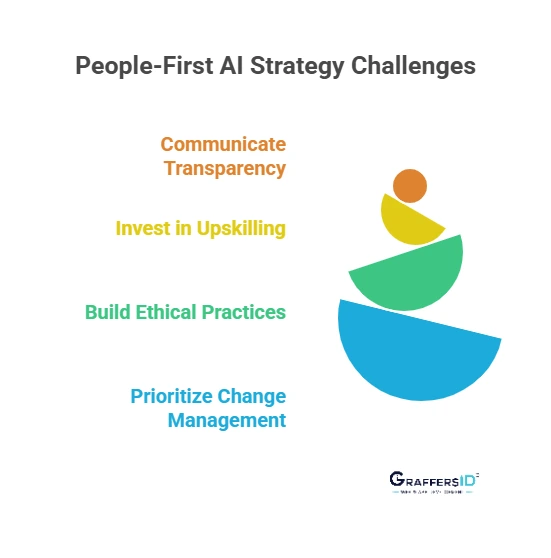
Communicate with Transparency
Employees don’t fear AI as much as leaders assume. Surveys show 62% of millennial managers (35–44) already possess AI expertise and can champion adoption efforts across teams.
Invest in AI Upskilling
- 50% of employees want formal AI training.
- 20% report receiving none.
Launch AI literacy programs tailored to different roles. This builds trust, adaptability, and workforce readiness.
Build Ethical and Responsible AI Practices
Trust is earned through transparency. Communicate clearly about:
- Data usage policies
- Privacy and security measures
- Ethical AI frameworks (bias detection, fairness)
Prioritize Change Management
AI adoption is an organizational transformation. Structured change management strategies reduce resistance and ensure smooth rollout.
3. Implement, Scale, and Optimize AI
Even with a strategy in place, execution is tricky. Research from Harvard shows 80% of industrial AI projects fail to create real value. Success requires a disciplined rollout.
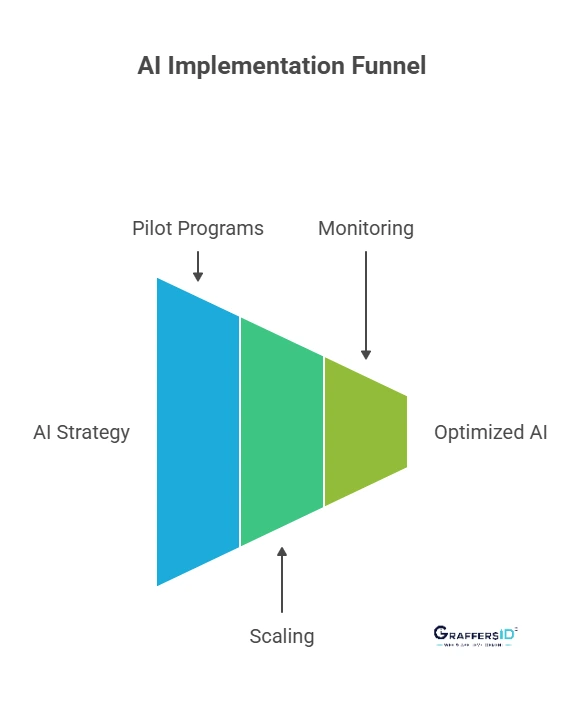
Start with Pilot Programs
Begin small with high-impact, low-risk pilots that align with business goals. Focus on measurable KPIs such as:
- Cost savings
- Time reduction
- Revenue growth
Document learnings and use them as blueprints for scaling.
Read More: How to Build an AI Agent in 2026: A Strategic Guide for CTOs and Tech Leaders
Scale with People, Technology, and Processes
Effective scaling requires:
- Cross-functional teams (domain experts, data engineers, analysts)
- Technical enablers (feature stores, reusable code, standardized APIs, MLOps)
- Efficient processes that move models from experiment to production quickly
Monitor and Optimize Continuously
AI adoption isn’t “set and forget.” Create continuous feedback loops across three levels:
- Model metrics (accuracy, fairness, drift detection)
- System metrics (performance, reliability)
- Business metrics (revenue, efficiency, customer satisfaction)
Regular monitoring ensures AI stays relevant, unbiased, and impactful.
Conclusion
AI in 2026 is not a futuristic experiment; it is the backbone of enterprise growth. Adopting AI isn’t just about choosing the right technology; it’s about creating the right ecosystem.
The path forward is strategic and people-first. Businesses that succeed with AI adoption build a clear roadmap, invest in training, secure executive sponsorship, and balance technical integration with cultural readiness. When AI is implemented thoughtfully, it becomes more than automation; it becomes a competitive differentiator that drives innovation, efficiency, and market leadership.
At GraffersID, we help enterprises design custom AI solutions, ensuring data, infrastructure, and strategy align perfectly with business outcomes. From identifying the right use cases to implementing people-first change management, we ensure AI delivers long-term business value.
Contact us today to build custom AI solutions.
